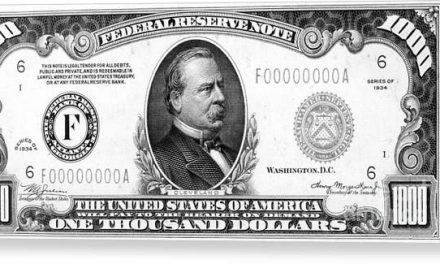The Covid-19 pandemic continues to ravage the world. Despite a low number of cases being recorded in Zimbabwe President Emmerson Mnangagwa pre-emptively declared a state of emergency. In a follow measure to contain the expected economic impact of the pandemic the Reserve Bank of Zimbabwe yesterday issued a statement that brought back the US dollar, fixed the official exchange rate and relaxed interest rates to support industry.
After banning transacting in the US dollar and other foreign currencies a mere 9 months ago the RBZ has deemed it necessary to allow transacting in foreign currencies again. The economy needed this measure long before the threat of Covid-19. The return to the Zimbabwean dollar as the official currency and sole legal tender had not worked out well for the nation. Inflation rampaging over the 500% mark year on year and rapid currency depreciation. Foreign currency shortages characterised by shortages in imported items including electricity and fuel are pretty much the norm at this point.
Analysts suggest that with the imports slowing worldwide the government is looking for a way to unlock the foreign currency held in the informal sector and among citizens. Giving the ability to transact in the currencies both physically and electronically goes a long way to moving the money through official channels. Economies that stood strong prior to the crisis have been brought to their knees. A Zimbabwean economy which was reeling before the crisis is at risk of being obliterated.
After investing much time and effort into liberalising the interbank foreign currency market and going to great lengths to empower it just a week ago the RBZ made a u-turn and has returned to a fixed rate, at 1:25 until further notice. An understandable move in the face of a crisis, an attempt to bring some sense of stability. However the interbank market has always been a market taker in the environment, the parallel market is king. The likely outcome in the short run is further depreciation of the domestic currency as foreign currency becomes more and more useful. A rapid decline in the Zimbabwean dollar will only lead to greater demand for the US dollar and other foreign currencies.
The RBZ also moved to expansionary policy by reducing the statutory reserve ratio form 5% to 4.5%. This is the amount of a bank’s capital that it is required to deposit with the Reserve Bank. The motivation behind this is to allow banks more of their capital for on-lending to business and industry in the wake of threats to supply chains due to the Covid-19 pandemic. In addition to this, a further ZWL$1 billion was availed to the Medium Term Bank accommodation facility. Bank policy rate has also been reduced from 35% to 25%.
What does this mean?
The move to fix the exchange rate is of slight concern. Retailers will be expected to price in Zimbabwean dollars and those prices can be translated at 1:25, a far cry from the 1:44.8 the parallel market is currently settled and probably not for long. So Price increases to adjust the Zimbabwean dollar pricing should be expected if not already in place. While Zimbabwe thus far has 5 officially confirmed cases with one unfortunate fatality the economic impact is yet to be felt. With talk of a lockdown looming after Rwanda and South Africa have put in place lockdowns the economy and citizens must brace for a trying time.








